I’ve spent many an hour on a lonely river bank at dusk, staring into the ripples and hoping for a brown head to pop up. This elusive otter has evaded me on so many occasions but I was determined to see one.
My wish was finally granted when I visited the Isle of Skye on the day before my 30th birthday. I’d seen a television programme where they’d filmed the otters at the fishing port eating leftover fish, so I was hoping that it was a safe bet.
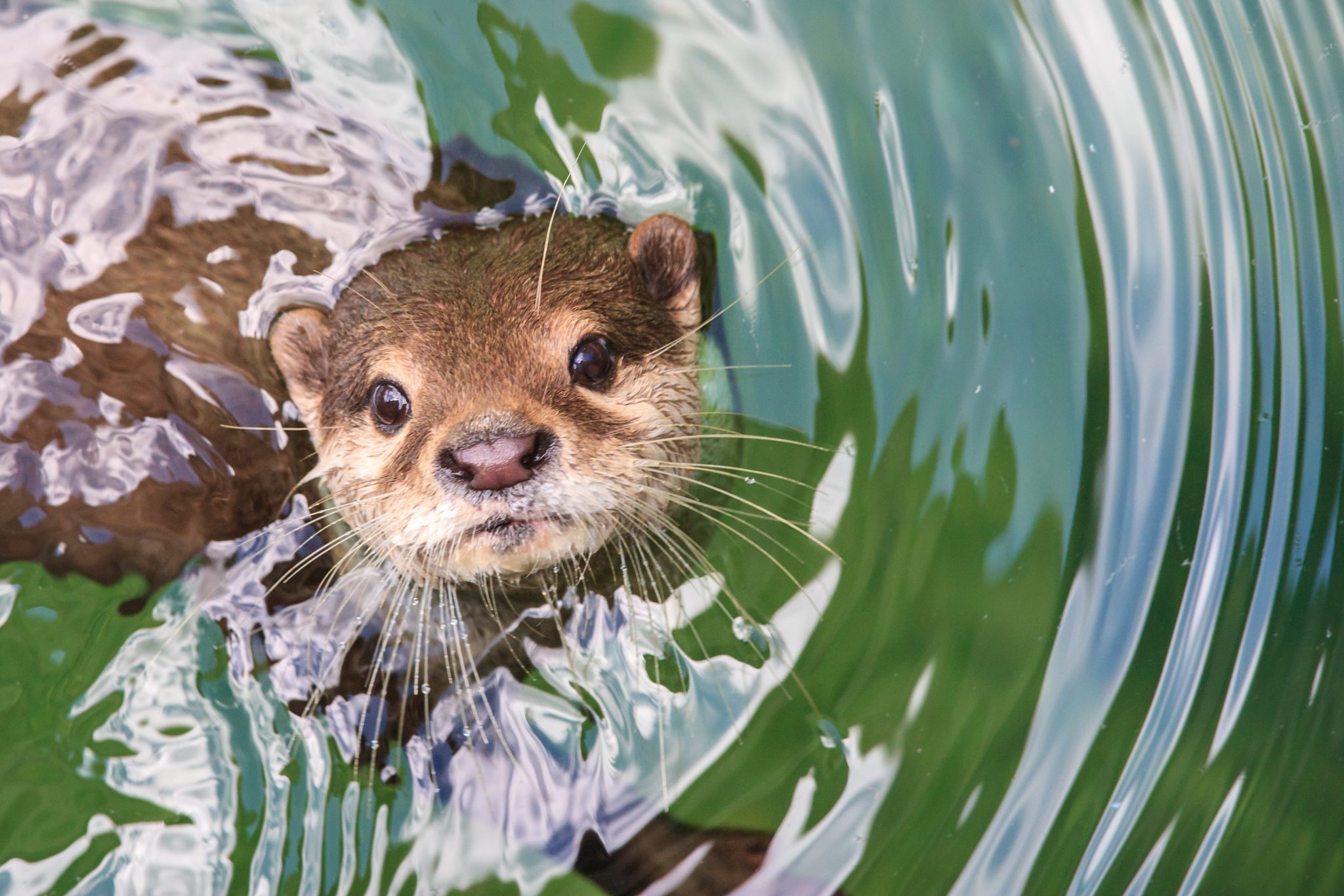
It didn’t seem like it was going to happen, as when my boyfriend asked at a restaurant they said they didn’t think there were otters here. It was also unfortunate that it was summertime and the sun didn’t go down until almost 11pm. I was determined so I waited at the port for two hours after we’d eaten.
Just as we were about to leave, I saw something round gliding through the water and I hoped that it wasn’t just a piece of rubbish. I waved my boyfriend over, who was trying to leave in the most silent way possible and then another head emerged. We only saw the pair for a few seconds before they sensed us and disappeared back into the shadows. It was undoubtably one of the best birthday presents I’ve ever had.
Even though our larger mammals like badgers and foxes are politicised and polarise opinion, the otter seems to be universally loved by the British.
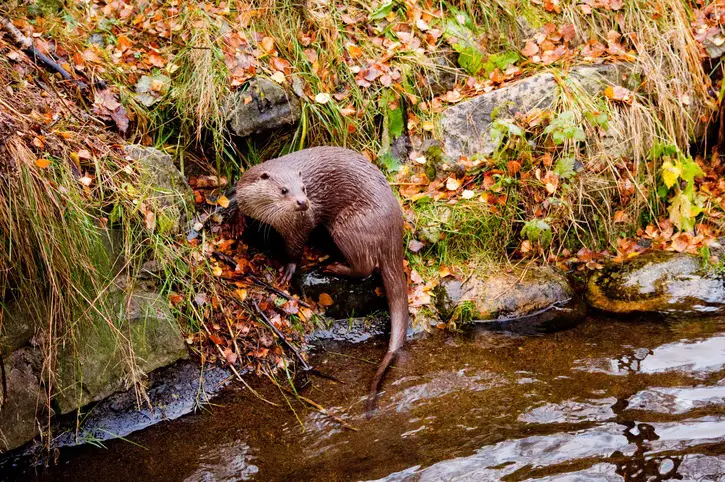
Several books have been written by British authors about the humble otter, including Tarka the Otter, Ring of Bright Water, The Otter’s Tale and Otter Country. Not bad for just one mammal.
Maybe it’s the fact that we very nearly lost them that makes them so appealing. Industrial chemical use made our rivers toxic to wildlife in the 70s and otters were very affected by this.
As soon as these chemicals were banned and our watercourses were cleaned up, otter numbers steadily rose as they returned to every county in England. Scotland and Wales are great places to see otters by the sea, and in the Orkney Isles, every bit of coastline is patrolled by an otter.
Otters are very territorial and looking for signs of otters gives you a good idea of their patch. They leave spraints on prominent rocks or branches along the river to mark their territory. These signs can include dark poo filled with fishbones and tarry or jelly-like discharge. They can be quite sweet-smelling so if you get on your hands and knees to sniff, it’s a very good indicator.
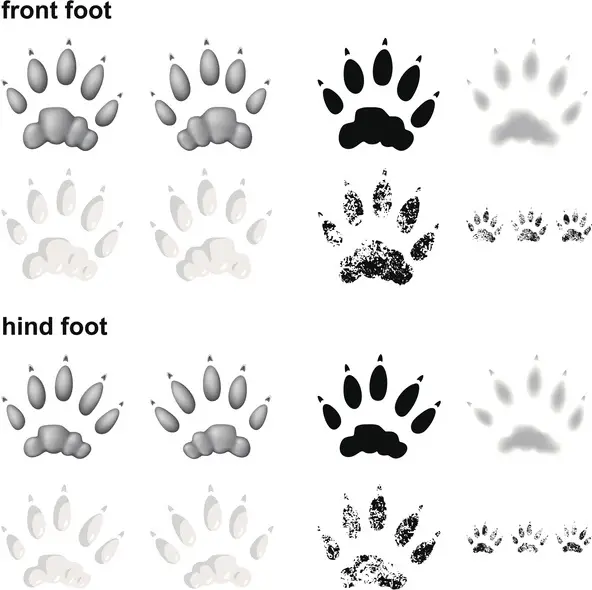
I think behavioural characteristics like playfulness are a good indicator of why otters are so popular, especially with children. I once filmed at an animal rescue centre in Derbyshire that had several species of otter and we saw that side to them. One mischievous Asian short-clawed otter threw rocks at us when we were filming and they had quite a deep attachment to the keepers.
Watching them ‘juggle’ with stones is also quite entertaining and you can rely on otters like these to be playful during the daytime. Sea otters hold hands whilst in the ocean and it’s the quirks of these species that affirm their place in our hearts. It’s easy to anthropomorphise the otter but that means that people are interested in conserving them as many of their species around the world are threatened.
There are places in the UK where it is easier to find otters than others and they are becoming more urbanised, with some even making an appearance in parks. Ultimately, it’s the rare glimpses that leave us wanting more, especially when we know they’re out there.
Maybe they’re just smarter than we are when it comes to avoiding us as watching wildlife is a game that they usually win. I, for one, am fine with that. Even if I spend another year waiting by the riverside at dusk, I know that every second spent in the presence of this animal is worth it.
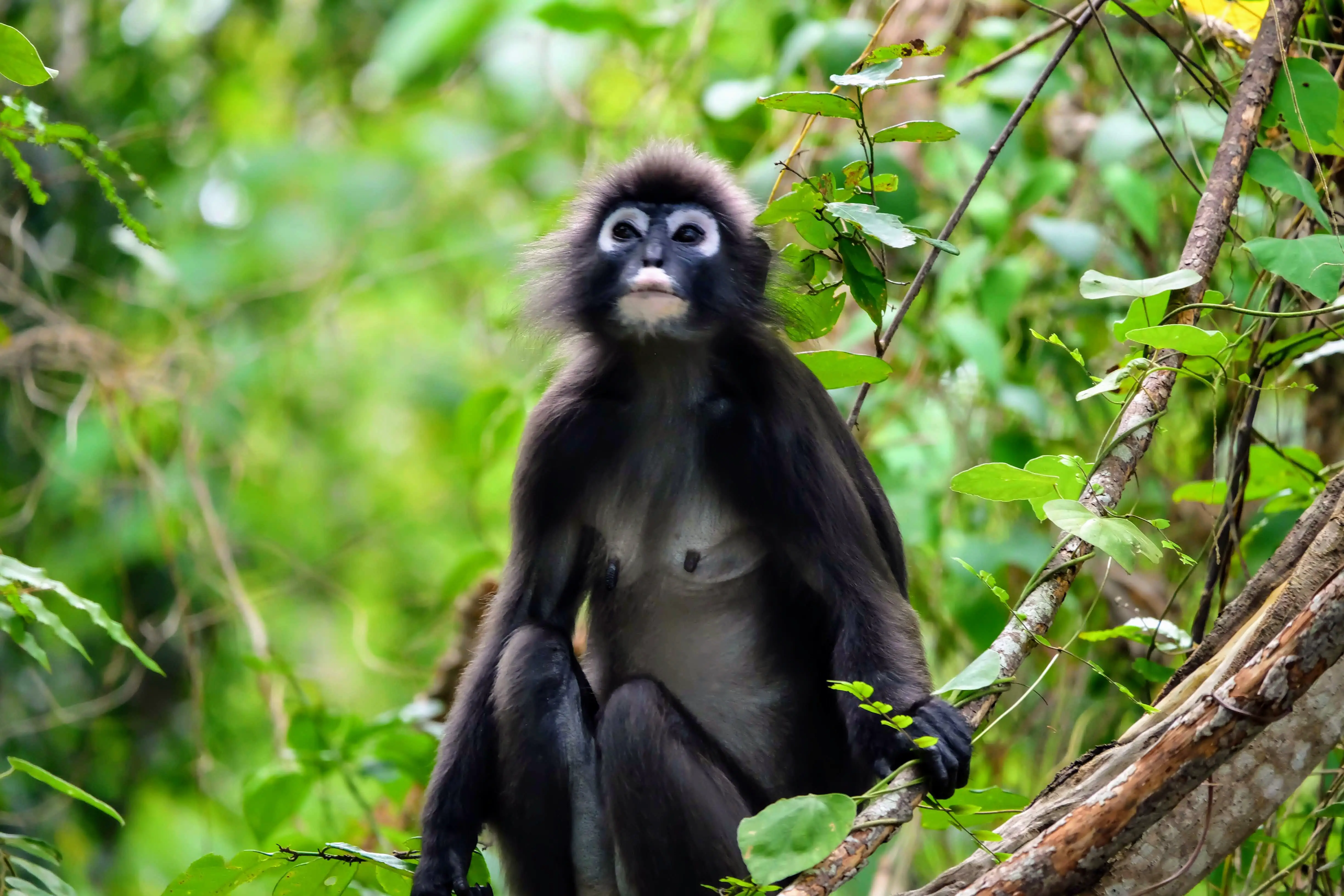
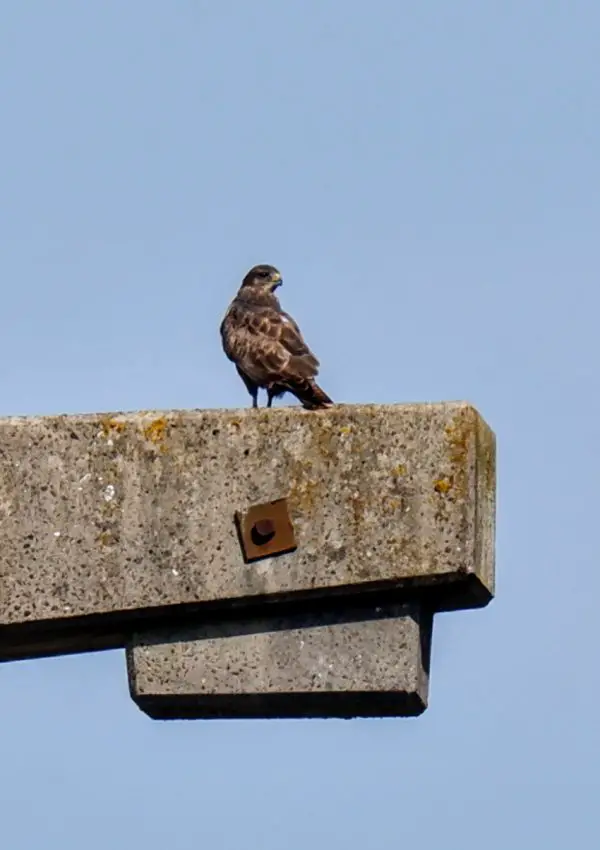
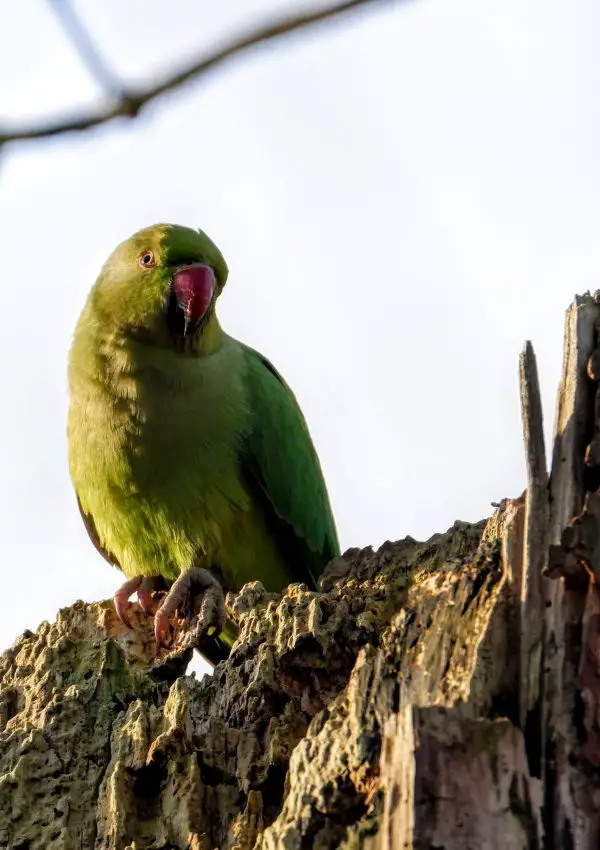
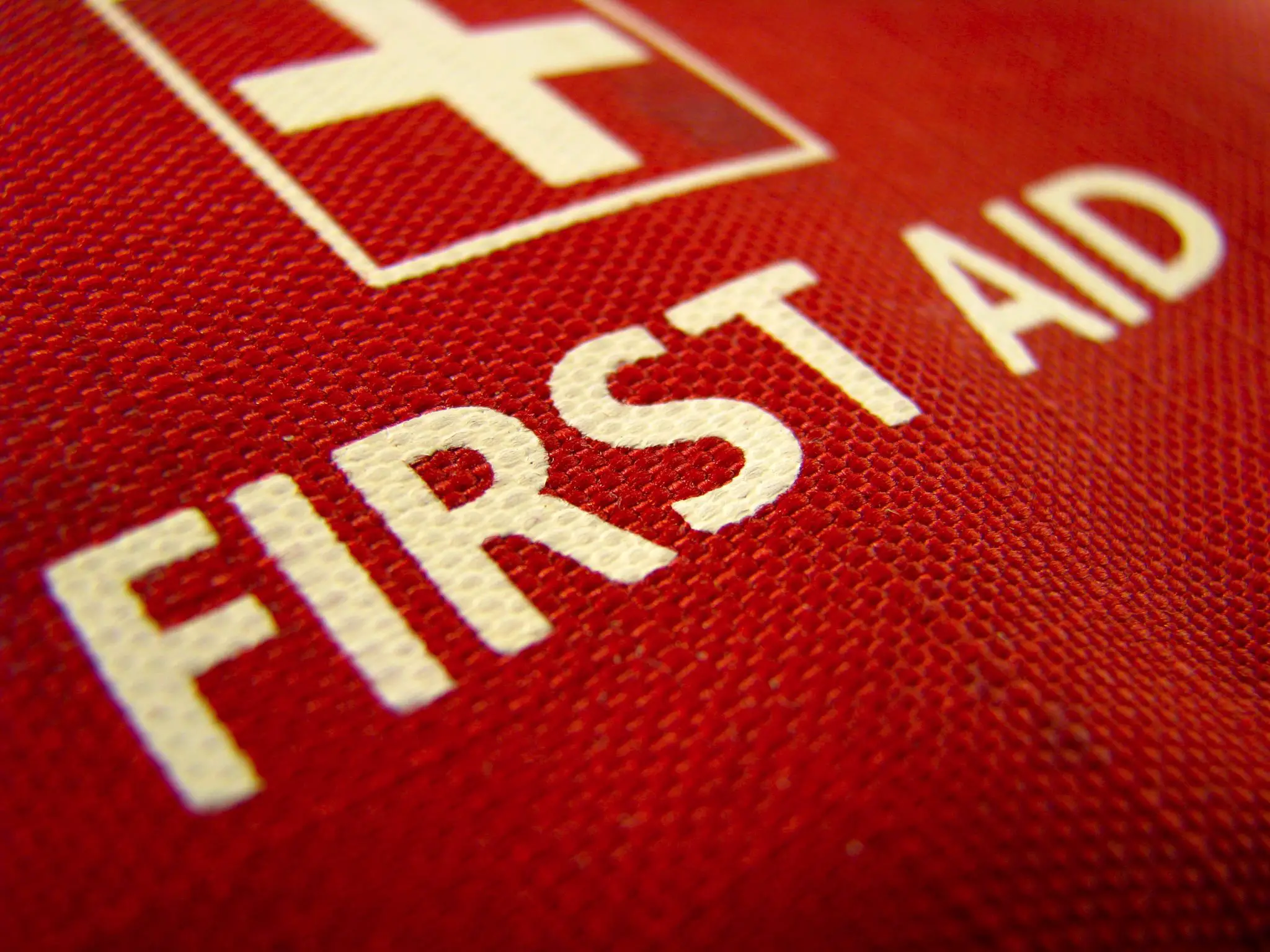

Leave a Reply